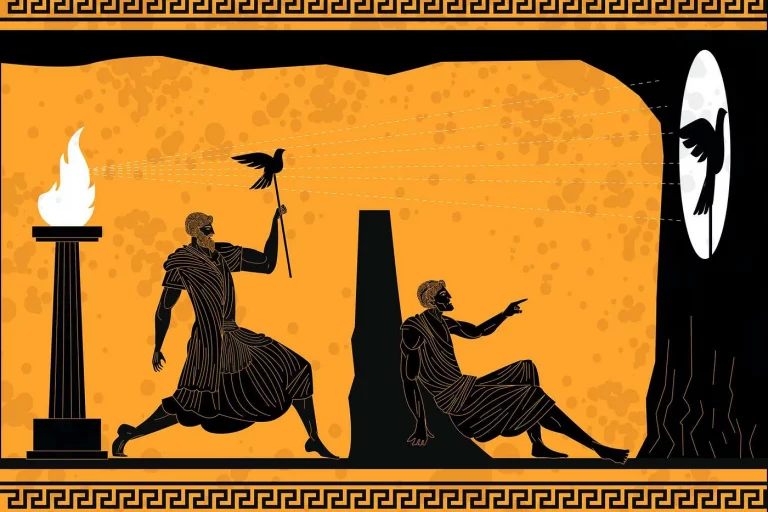Joshua Porter on simplicity as a design goal
Most designers place simplicity above all else. We value simple things because they do all the things we need easily and none of the things we don’t. Simplicity is harmonious. Even Leonardo Da Vinci said “simplicity is the ultimate sophistication.” This is one of my favorite quotes, and it plays on the idea that being simple isn’t banal, it’s elegant.
Don Norman recently ignited a discussion about simplicity in his piece Simplicity is Highly Overrated. He observes that although designers treat simplicity as the ultimate goal, many consumers, when faced with a purchase decision, choose complexity instead. He uses examples from shopping in South Korea: people there choose complex, feature-laden electronics and SUVs over simpler ones. Norman says that people choose complexity because they assume a complex product is more capable.
Porter rethinks the discussion as not one about simplicity but as one about the psychology of trade-offs:
Users face a trade-off when they must make a choice between a simple product or a complex product with more features. If they choose the product with fewer features and eventually need some functionality that is missing, they’ve made a bad choice. However, when users choose the complex product with more features, they don’t have to make this trade-off. The complex product is more likely to have the feature users may need in the future.
People are reluctant to make trade-offs because they can’t predict what functionality they will need in the future. Choosing a product with fewer features is a trade-off that could hurt them down the line. When users don’t understand the advantages of each feature, such as when a user is buying her first digital camera, they are much more likely to avoid making a trade-off by choosing the feature-laden product.
When users choose a feature-laden product, they may not be exhibiting a desire for complexity. Instead, users are anxious about predicting their future needs. The black/white distinction of “choosing complexity over simplicity” seems too blunt an instrument to describe the behavior we see from users. Schwartz’ theory suggests that people in this type of situation don’t know enough about the features of a product or their own needs. The result is that users avoid making a trade-off by choosing the one that looks like it has more features.




